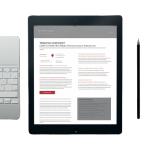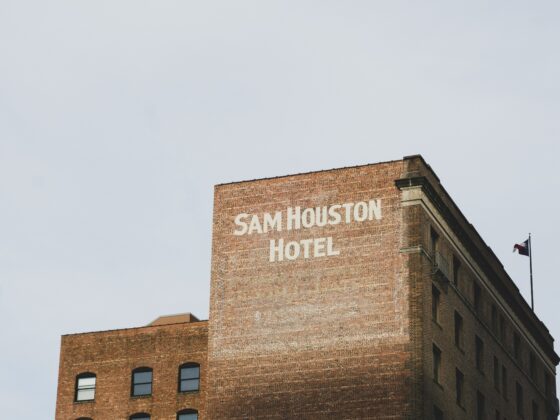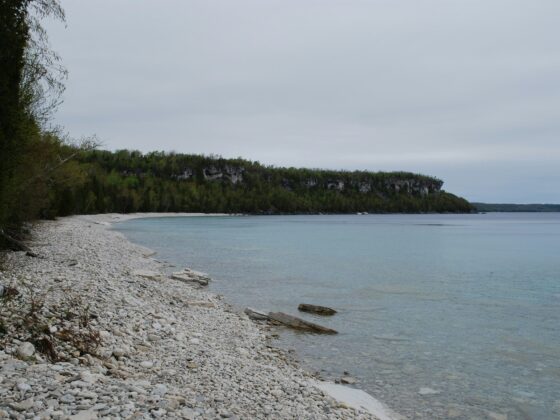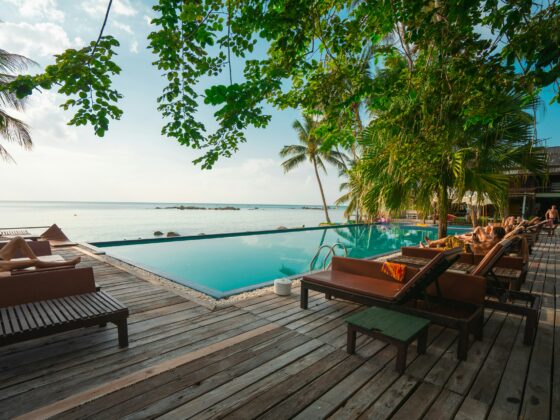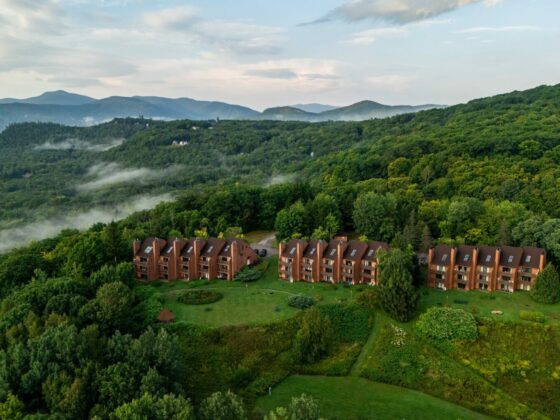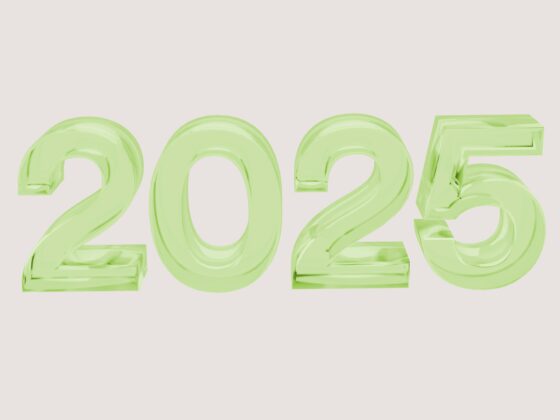
This post explores
- The Origins: How the term “bleisure” emerged and was first identified by trend forecasters like Future Laboratory.
- Data Measurement: The challenges and methods for capturing and analyzing bleisure travel data.
- Corporate Policies: The rise of “work from anywhere” strategies and how companies manage cost-sharing for blended trips.
- Market Projections: Insights from expert interviews and industry research on the size and growth of the bleisure market.
While bleisure is creating a lot of buzz and showing growth potential, an important question remains: Is this trend genuinely transformative, or is it just hype? With spending data often lacking, it’s challenging to assess the real impact of bleisure travel. This blog aims to address these challenges.
The Origin Story
The term “bleisure”—a blend of “business” and “leisure”—is widely recognized today, and its early identification is often attributed to trend forecasters like those at Future Laboratory. Here’s some background and context on its origins and evolution:
Early Recognition by Future Laboratory
- Origins in the Early 2000s: Future Laboratory, known for its forward-looking trend analysis and cultural insights, was among the first to spotlight the blending of business and leisure travel. In the early 2000s, as global business travel became more dynamic and technology began to reshape how and where people worked, Future Laboratory observed that some corporate travelers were extending their trips for personal leisure.
- Conceptual Framework: Future Laboratory’s early discussions highlighted that the traditional boundaries of business travel were blurring. Their research suggested that many travelers were no longer compartmentalizing work and personal life, which led to the natural evolution of travel behavior—merging work commitments with the desire for leisure experiences. This was a significant early indicator of a trend that would gain more traction in the following decades.
Broader Context and Subsequent Developments
- Evolution of the Bleisure Trend: Since those early observations, the concept of bleisure travel has grown considerably. Advances in digital technology increased global connectivity, and the rise of flexible work arrangements has further validated the insights first noted by Future Laboratory. Today, it’s a well-documented phenomenon influencing how hotels, airlines, and travel management companies design services and packages.
- Impact on the Travel Industry: The early identification of bleisure travel has influenced strategic planning across the travel and hospitality sectors. Businesses have begun tailoring their offerings to meet the needs of a traveler who might be combining a business trip with leisure pursuits—providing amenities like extended-stay options, local experiences, and flexible booking policies.
- Ongoing Research and Data Collection: While the initial insights were primarily based on qualitative research and expert interviews (as noted in later reports), the trend has since been supported by a range of quantitative studies. These include analyses of booking data, travel expenditures, and shifts in consumer behavior patterns that confirm the growth and impact of bleisure travel.
Measuring the Bleisure Segment in the Hospitality Industry
Measuring the bleisure segment presents a significant challenge for the hospitality industry, which traditionally struggles with collecting high-quality guest data. To effectively capture the bleisure market, hotels would need to introduce a specific segment code into their reservation systems and directly ask guests about the purpose of their stay upon check-in. Unfortunately, few, if any, properties currently code their reservations as “bleisure,” leaving us without concrete data to confirm the existence or size of this segment. Nonetheless, alternative methods—such as analyzing extended stay patterns, ancillary spending, and guest booking behaviors—offer indirect ways to estimate the impact and potential of bleisure travel. However, these methods will, at best, provide only a rough estimate.
Data Collection Approaches
Capturing data on bleisure travel is challenging due to its hybrid nature. Traditional business travel metrics don’t always account for leisure elements. However, potential data sources include:
- Hotel Booking Records: Analyzing booking durations and patterns can reveal extensions beyond the core business trip.
- Occupancy Rates: Comparing occupancy trends during business-heavy periods versus leisure peaks.
- Ancillary Spending Data: Tracking spending on dining, local tours, and leisure activities helps distinguish bleisure travelers.
Metrics and KPIs
Key performance indicators that can help identify bleisure behavior include:
- Average Length of Stay: Longer stays may indicate added leisure days.
- Additional Leisure Spending: Extra revenue from non-business activities signals bleisure behavior.
- Booking Patterns: Variations in booking lead times and leisure-oriented packages can differentiate these travelers from traditional business guests.
Corporate Policies: Work from Anywhere and Cost-Sharing Models
During and right after the pandemic, many companies embraced the flexibility of allowing employees to work from anywhere, leading to a surge in blended work-travel arrangements. However, in the past year, a return-to-office trend has emerged, casting uncertainty over the permanence of these flexible work policies. If organizations decide to maintain work-from-anywhere options, it will be crucial for them to establish clear rules and cost-sharing frameworks to effectively balance the business and leisure components of travel.
Evolving Work Models
The rise of remote and hybrid work arrangements has fundamentally changed the business travel landscape. With the flexibility to work from virtually anywhere, professionals are no longer tethered to traditional office spaces. This shift has paved the way for bleisure travel, where individuals can seamlessly blend work with leisure. Companies increasingly embrace “work from anywhere” policies, recognizing that flexible work arrangements can boost employee satisfaction and productivity. As the lines between work and personal life blur, businesses are also rethinking how and where work gets done, creating more opportunities for extended stays that combine professional commitments with leisure experiences.
Corporate Flexibility on Business Travel
Many companies are adapting their travel policies to accommodate bleisure arrangements in response to evolving work models. Progressive organizations now allow employees to extend business trips for leisure, provided that the work-related portion of the travel is maintained. For example, some firms have revised their travel guidelines to permit additional days at the destination as long as the business agenda is met. Real-life examples include tech companies and multinational firms that have introduced flexible travel policies, allowing employees to combine meetings with personal time. These adaptations enhance employee well-being and provide a competitive edge in talent attraction and retention.
Cost-Sharing Mechanisms
With the growing acceptance of bleisure travel, companies are exploring various cost-sharing models to balance business expenses with personal leisure costs. Common approaches include:
- Reimbursement Models: Companies typically cover the costs directly related to business activities—such as airfare, lodging during the core business period, and transportation—while employees are responsible for expenses incurred during the leisure extension.
- Hybrid Packages: Some organizations negotiate bulk rates or extended-stay discounts with hotels, enabling a more integrated billing process. In these cases, the company may subsidize a portion of the extended stay if it aligns with employee well-being initiatives or productivity benefits.
Implementing these models does present challenges. Clear guidelines must be established to define which expenses are reimbursable, and policies must be flexible enough to accommodate varying travel needs. Best practices include transparent communication, pre-approval processes for extended stays, and regular policy reviews to ensure that cost-sharing mechanisms remain fair and aligned with business objectives and employee benefits.
These evolving corporate policies are a response to the demands of a modern workforce and a strategic move that positions companies to better manage travel costs while enhancing employee satisfaction and productivity.
Market Estimates and Future Trends Based on Interview-Based Research
Since bleisure is not registered as a distinct segment, no hard data exists from hotels, leaving us to rely solely on interview-based insights. While insightful, these expert opinions reflect a pre-return-to-office environment and will likely overestimate the current market size and growth trajectory. Nonetheless, they provide a starting point for understanding the potential of bleisure travel. Here, we explore several alternative approaches to estimating market size without direct data.
Overview of Interview-Based Research
- Key Findings: Industry experts consistently indicate that bleisure travel is a growing trend, driven by changing work habits and evolving traveler expectations. Expert interviews and reports emphasize the increasing frequency of extended stays and higher ancillary spending by travelers who combine business and leisure.
- Value Despite Data Limitations: While hard statistics on bleisure travel can be scarce, expert insights provide early signals of market shifts. These qualitative inputs are valuable for capturing trends ahead of comprehensive data collection, offering context and nuance that pure numbers might miss.
Market Size Estimates
- Industry Sources: Estimates from reputable sources such as GBTA, Expedia, Deloitte, and McKinsey suggest that the bleisure segment could represent significant economic activity, with market size estimates ranging from tens to hundreds of billions of dollars globally in annual spending.
- Variability in Estimates: The range in figures is due to differing definitions of bleisure travel, methodologies employed (e.g., interviews versus transactional data), and regional variations in business travel behavior. This variability underscores the challenges in establishing a uniform metric for a hybrid travel segment.
Growth Projections and Future Trends
- Market Growth: Many experts project a robust compound annual growth rate (CAGR) for the bleisure segment, potentially in the range of 8% to 12%, as work-from-anywhere policies and flexible travel arrangements continue to spread.
- Traveler Behavior Shifts: This trend is expected to accelerate as technological advancements and digital connectivity further enable remote work. Shifts in traveler behavior, such as increased demand for extended stays and personalized leisure experiences, will likely shape market dynamics.
- Corporate Policy Changes: Evolving corporate travel policies will likely adapt to support blended trips, offering a mix of business-related reimbursements and negotiated leisure benefits. This will further stimulate market growth by aligning corporate expense strategies with employee well-being.
Strategic Implications for the Hospitality Industry
Leveraging Trends: Hotels and travel service providers can capitalize on the bleisure trend by tailoring flexible booking options, extended-stay packages, and personalized local experiences to attract bleisure travelers.
Recommendations
- Invest in Data Analytics: Enhance data collection methods to better segment and understand bleisure behavior.
- Innovate Marketing Strategies: Develop targeted campaigns that speak directly to the dual needs of business and leisure travelers.
- Collaborate with Corporations: Forge partnerships with companies to create cost-effective packages that align with emerging corporate travel policies.
- Adapt Service Offerings: Consider incorporating amenities and services that cater to leisure activities, such as local tours or wellness programs, alongside business facilities.
By staying ahead of these trends and adapting to the evolving landscape, the hospitality industry can capture the emerging bleisure market and drive significant growth and differentiation in a competitive environment.
Conclusion
Bleisure travel has evolved from a niche concept identified by early trend forecasters into a potentially transformative force in the hospitality and corporate sectors. Despite the buzz around this hybrid segment, the lack of concrete data—from the absence of dedicated booking codes and standardized guest surveys—leaves us with estimates mainly based on expert interviews. While valuable, these insights reflect a pre-return-to-office era and may overstate market size and growth.
On the corporate side, evolving work models during the pandemic opened the door to flexible, work-from-anywhere policies that supported blended travel experiences. However, as companies increasingly pivot back to traditional office environments, the future of such policies remains uncertain. Should work-from-anywhere continue, it will be essential to implement clear rules and equitable cost-sharing frameworks to effectively balance business and leisure needs.
In the meantime, the hospitality industry must get creative—leveraging alternative data sources, advanced analytics, and guest segmentation—to capture and capitalize on the bleisure trend. As we move forward, staying informed and adaptable will be key. We invite you to share your thoughts and experiences on bleisure travel and its evolving role in corporate travel policies and the hospitality landscape.
